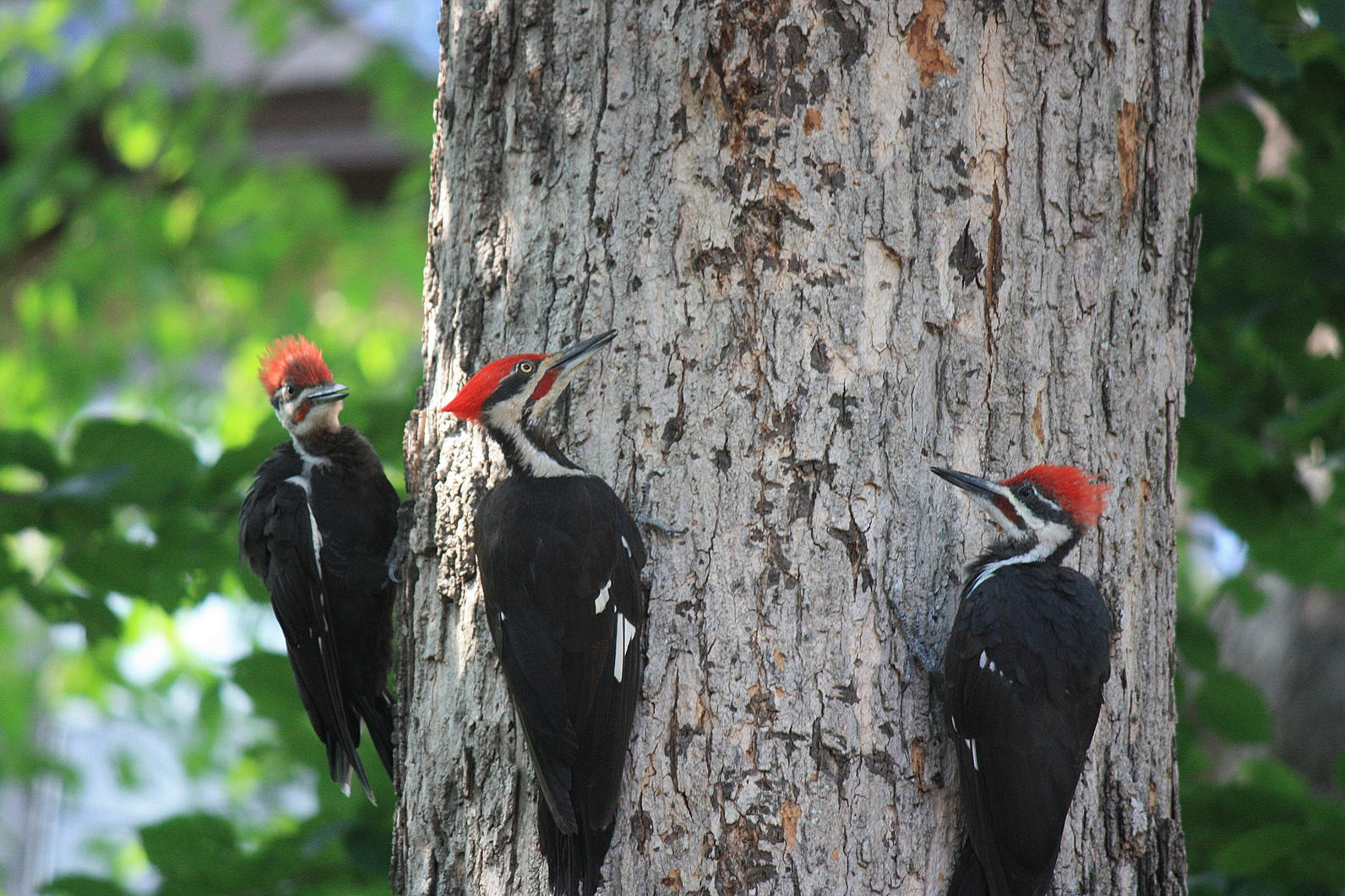Woodpeckers in Florida: Recognition Tips and Habitat Preferences
Woodpeckers in Florida: Recognition Tips and Habitat Preferences
Blog Article
Unveiling the Tricks of Woodpeckers: Behavior, Habitat, and Extra
Woodpeckers, with their distinct behaviors and specialized adaptations, have actually lengthy attracted researchers and nature fanatics alike. By discovering the secrets surrounding woodpeckers' behavior and environment choices, a deeper understanding of these bird marvels arises, providing a peek into their remarkable globe.
Woodpecker Habits Insights
In examining woodpecker actions, an interesting display screen of specialized skills and adjustments emerges, losing light on their amazing eco-friendly specific niche. Woodpeckers, recognized for their unique drumming on trees, have a variety of behavior characteristics that add to their survival and success in their environment.
In addition, woodpeckers exhibit a special feeding behavior defined by their capability to extract bugs from tree bark utilizing their specialized beaks. Their long, barbed tongues aid in recording prey, while their strong neck muscular tissues offer security and accuracy during pecking movements. This feeding approach allows woodpeckers to gain access to surprise insect larvae and extract them with amazing efficiency.
Habitat Preferences and Choice
What aspects affect the environment preferences and choice of woodpeckers? One important aspect influencing woodpecker habitat selection is the availability of suitable nesting websites. Woodpeckers commonly favor woodlands with a mix of mature trees that offer ample opportunities for dental caries excavation.
Furthermore, woodpeckers reveal a preference for habitats with a bountiful supply of food resources. They are mostly insectivorous, feeding upon beetles, ants, larvae, and other insects found in decaying timber or tree bark. As a result, woodpeckers have a tendency to favor woody locations with a diverse insect population to fulfill their dietary needs.
Additionally, the presence of dead or worn out trees is one more essential consider woodpecker environment selection. These trees not just give food resources but additionally use suitable substratum for cavity excavation. Dead trees are essential for the upkeep of healthy woodpecker populaces, as they play an important duty in the woodpeckers' life cycle and ecological community dynamics.
Feeding Habits and Diet Plan Composition
Woodpeckers show a specialized feeding behavior concentrated on foraging for insects within various environments. Their diet mostly contains bugs such as beetles, ants, caterpillars, and crawlers, which they locate by tapping on tree bark and listening for the noise of activity inside. Woodpeckers use their solid beaks to drill into the timber and their long, barbed tongues to draw out target from holes. In enhancement to insects, woodpeckers likewise eat tree sap, fruits, nuts, and seeds, including variety to their diet depending on the season and accessibility of food resources.
The foraging techniques of woodpeckers are well-adapted to their arboreal lifestyle (Woodpeckers in Florida). Their ability to excavate wood not only supplies them with food however likewise assists in producing nesting tooth cavities and developing regions. Woodpeckers play a vital Going Here duty in preserving the health and wellness of woodlands by managing insect populations and aiding in the decomposition of timber. Recognizing their feeding behaviors and diet regimen structure is necessary for conservation efforts aimed at protecting these distinct and valuable birds.
Drumming Appears and Interaction
Utilizing quick drumming noises on various surface areas, woodpeckers utilize an unique form of interaction to signal region limits and attract friends. This drumming habits is not only a method of communication yet likewise functions as a means for woodpeckers to establish their visibility within a specific location. The intensity, rate, and pattern of the drumming can communicate important details to other woodpeckers around.
Woodpeckers utilize drumming sounds to reveal their presence in an area and to warn off possible intruders. The loud and recurring nature of the drumming acts as a clear signal to various other woodpeckers that the location is already asserted. This helps in lowering disputes and decreasing physical conflicts in between individuals.

Survival Adaptations and Specialized Composition

Verdict
Finally, woodpeckers exhibit unique actions, such as drumming audios for communication, and have actually my link specialized anatomy for survival in their picked environments. Their feeding routines and diet composition even more demonstrate their adaptability to numerous atmospheres. By comprehending these aspects of woodpeckers, scientists and preservationists can much better secure and maintain these fascinating birds and their ecosystems.
Report this page